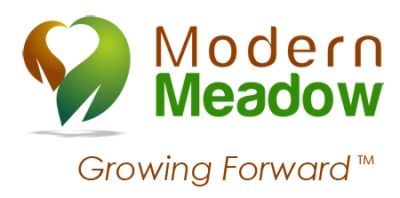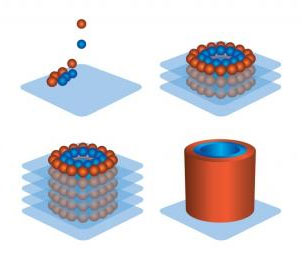There is much to discuss here.
From the Jump! Sessions the major takeaway was empathy. The way I see it there are two approaches to testing the waters. One is the massive data collection and data analyses, the large numbers game. The other is listening to people, but really listening to them in the manner that we discussed. Unattached to any particular result, and encouraging them to talk without guiding their responses. I had seen entrepreneurs do this before (even to me) but I had never given it a name or described why it works.
Looking back at my earlier writings, I think I’m now striking a better balance between writing for myself and writing in a language that a “smart 5 year old” can understand. Abstraction can be personally useful, but one must be mindful of one’s audience.
The design component of this course reminded me I need to incorporate something creative into my schedule at all times. Some type of making, whatever it may be.
Learning Sketchup was a notable challenge I faced where I suffered through the first hour or so but then it all “clicked”. I got through the slump by looking up Youtube videos and gaining ‘dexterity’ with the interface before I concerned myself with letting my creativty run rampant.
The major challenge I faced is that during the week of presentations, my father had a major surgery and that situation was very disorienting for me academically. Due to this, I was more irritable than I normally would be and I let my dissatisfaction with my team’s performance get me angry.
If I could advise myself from late August I’d tell me ‘keep it dumb simple and don’t be too diplomatic’. I should have insisted on a less complex, easier-to-present idea considering the task of designing a presentation would fall, primarily, on me.
The strength I refined is ideation. I’m good at moving from one idea to the next, at failing forward. This class provided many opportunities to do that during the ideation process.
Like I mentioned, I will be keeping a close eye on bioprinting as I continue to explore tech entrepreneurship.
This class genuinely brought value to me and to my career objectives.
Thank you professors.
Sebastian
 http://techcrunch.com/2013/08/20/sprayable-energy/
http://techcrunch.com/2013/08/20/sprayable-energy/






